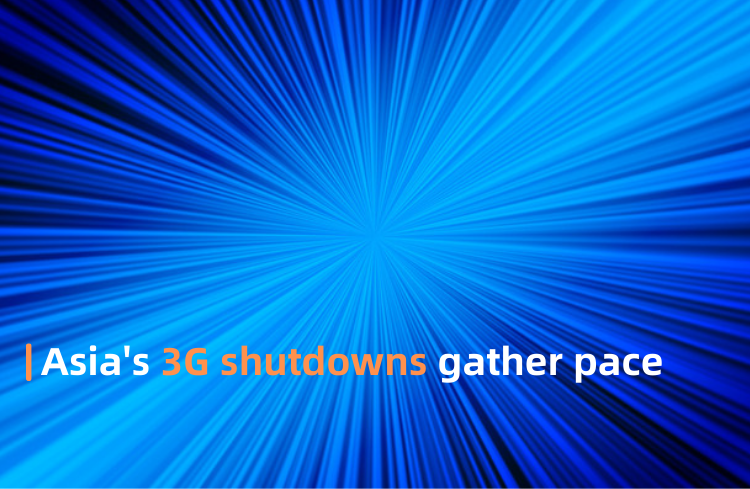
Asia's 3G shutdown crusade has gained further momentum, with Taiwan announcing June 30 as its deadline.
The three big operators, Chunghwa Telecom, FarEasTone and Taiwan Mobile, all expect to re-farm their 3G spectrum for 4G or 5G, Taiwan's CNA news agency reported last Friday.
It's the latest in a string of planned closures of aging 3G networks across the region this year.
SoftBank Japan is due to switch off on April 15, although it's keeping the network running for earthquake-hit Ishikawa Prefecture until July 31 – which is also the final day of operation for the three Singapore networks.
Japan's biggest operator, NTT DoCoMo, will keep 3G on until March 2026, although it's already decommissioned the 2.1GHz segment of the service. KDDI shut down in March 2022.
In Australia, TPG terminated on January 31 and Optus is due to turn off on September 30. However, Telstra's planned closure on June 30 could be delayed because of the lack of VoLTE capabilities in legacy 3G handsets, which would prevent users making emergency calls over 4G or 5G. A working group is looking into the issue.
Work in progress
3G termination is literally a work in progress for Chinese operators. They are continually rationalizing their 3G networks, although they are not revealing which sites have been decommissioned.
Back in December, in response to public complaints about the shutdowns, the MIIT issued a statement backing the operators, arguing that the closures were essential to free up spectrum and save energy. However, it did not stipulate a timetable and none of the operators has reported a full 3G closure.
Today's telcos, engaged with 5G and with 6G on the horizon, could be forgiven for not thinking too much about the end of 3G – but it does have some resonance. If 3G is remembered at all, it is for the unrealistically high expectations at the time – echoes of 5G there – as well as the absurd sums spent on spectrum; UK operators set fire to £22.5 billion, or £47.5 billion (US$59.6 billion) in today's money.
3G was going to bring the Internet world – and video calling – to the mobile device, it was believed. Operators discovered no one cared much about video calling (unless free and over-the-top) but, eventually, 3G did begin the transition from the PC to the mobile Internet.
It may have been email and basic browsing over just a couple of hundred kbit/s, but much of what was created then still lives with us today.
The iPhone, which made its historic debut in 2007, was the fire starter, driving Nokia out of the business and overnight turning Apple into the leader and pacesetter, which it has been ever since. Google has been the other power player while, for good or for ill, the 3G data boom drove telecom operators to restructure their networks and businesses around mobile data.
The 3G ugly duckling ultimately transformed the industry, reminding us that 5G, with its big customer base and rich functionality, still has plenty of upside.

